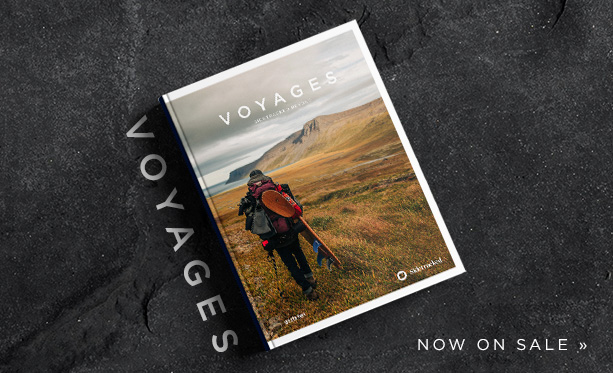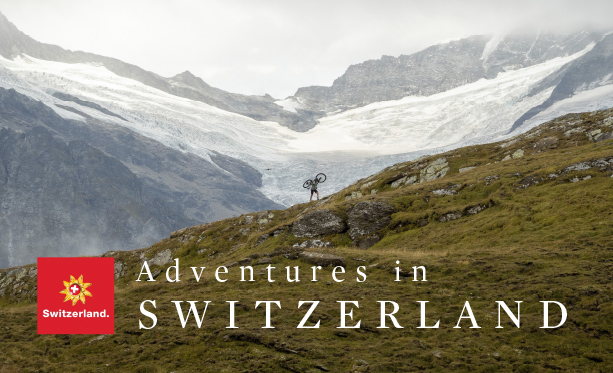The Meaningless Pursuit of Snow
Inspiration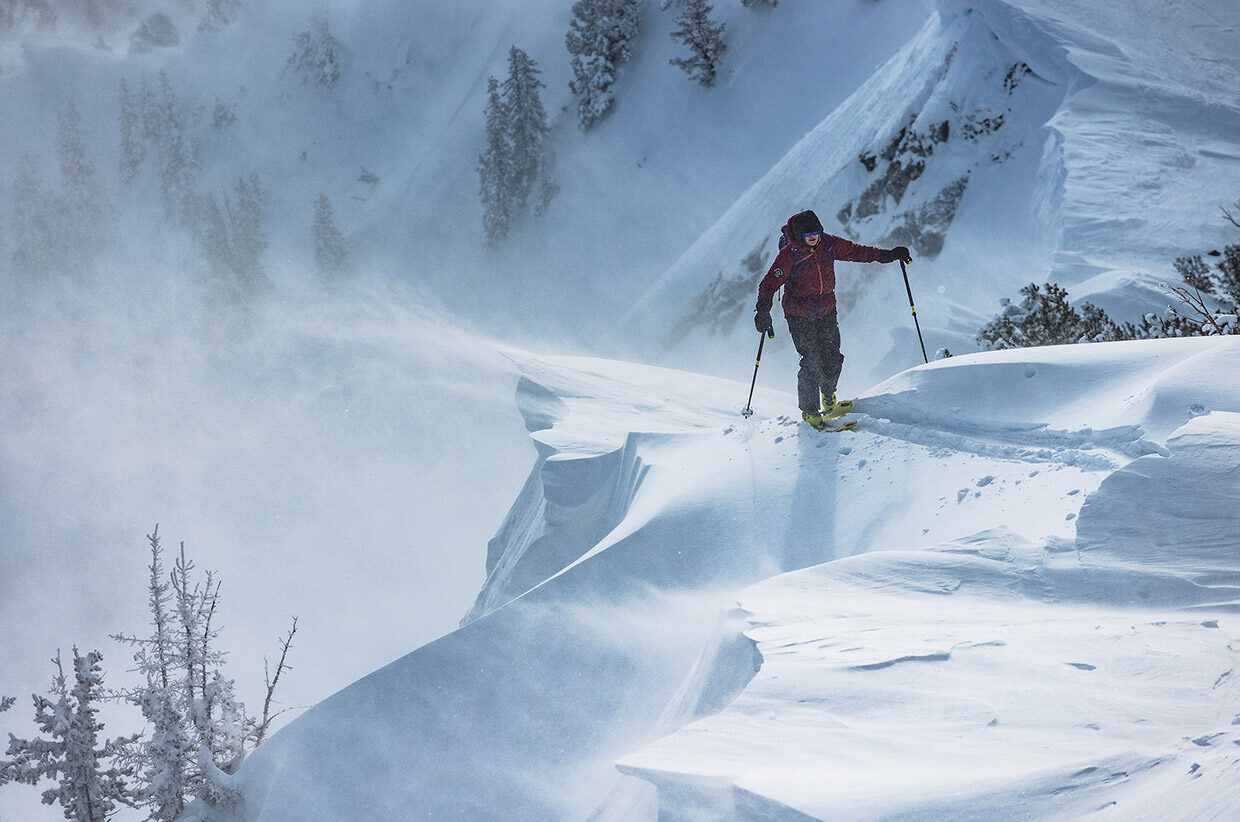
In Conversation with Sweetgrass Productions on their Dedication to Backcountry Skiing
Written by Abbie Merritt // Photography by Adam Clark, Joey Sackett & Garrett Grove
‘Filming snow is one of the most hectic, mercurial feats. You’re chasing an alignment of celestial entities that rarely comes together as you intend. It requires a lot of flexibility, and even best-laid plans must be shifted at the last second.’
Patagonia’s new documentary The Meaningless Pursuit of Snow follows five characters from across the globe, each driven by the same love for ski and snowboard mountaineering. The feature offers a fresh perspective on snowsports, cutting through archaic representations to reveal the truth about those who venture up the mountain on foot – all for the blissful minutes of descent.
The dedication to backcountry skiing is echoed by the makers behind the camera, extending beyond the lives of those within the documentary. Michael James Brown, Nick Waggoner, and Zac Ramras, the filmmakers at Sweetgrass Productions, share this drive for riding snow. They united the characters from across the globe to reveal a curious community – a group fascinated by remote, snow-covered peaks.
Snow forecasts, vast and remote areas, intimate interviews, and glimpsing into the quiet lives of wild individuals – we spoke to Nick Waggoner from Sweetgrass Productions to find out more about the making of this beautiful film.
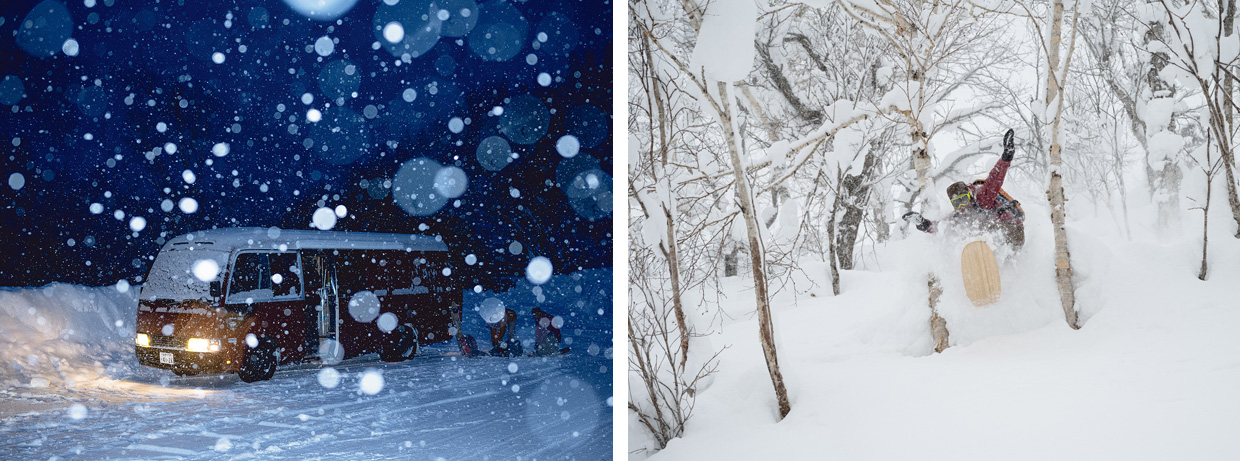
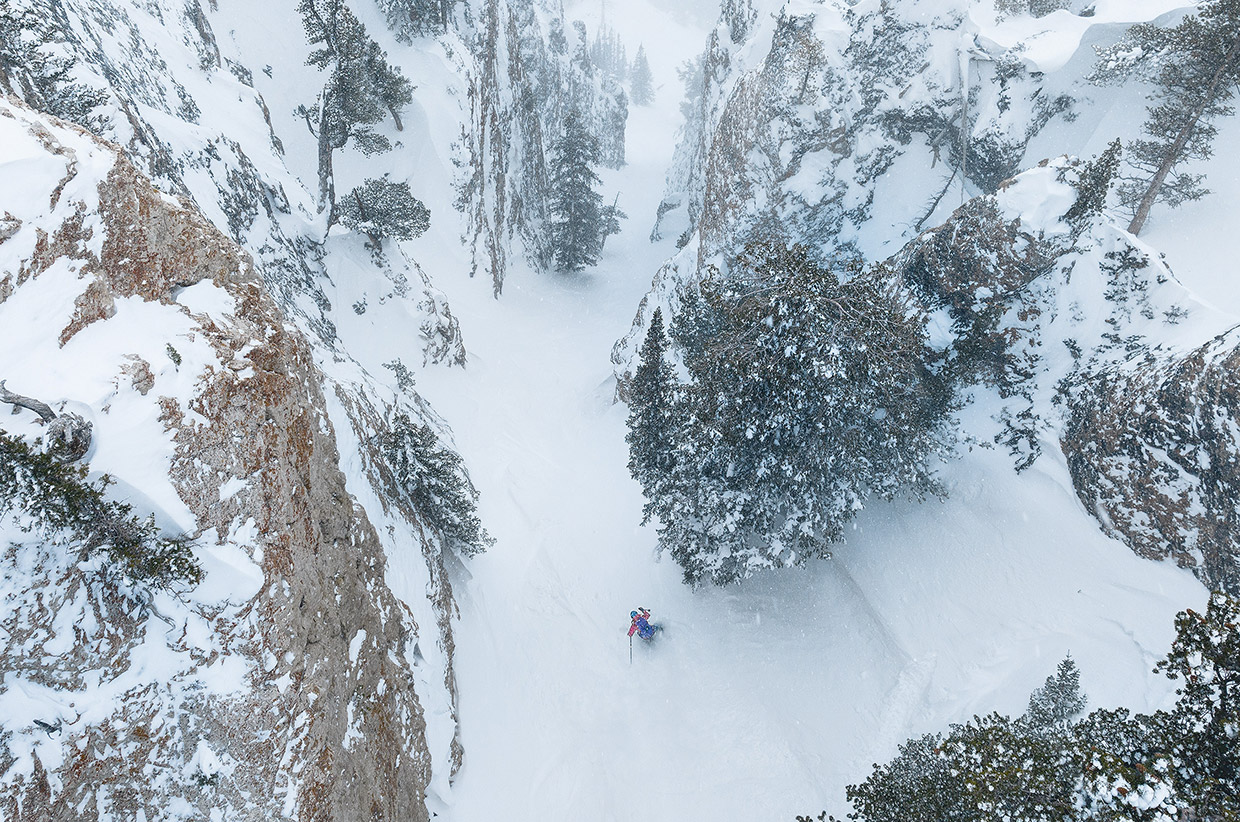
Sidetracked: Can you explain how the idea for this film came around? Did the concept evolve over time?
Nick: It’s an interesting question, right? How do we encapsulate the culture of skiing? Or distil its characters, moments, and icons down into a film? The concept certainly evolved over time, as it is such a big question. The concept of ‘why’ seemed universal for all our characters, and the audience too. Particularly for backcountry riders who spend so much time, life, and energy climbing up what they’re going to ride down – to do something that is, at face value, not essential. And yet it provides us all with so much meaning in our lives.
How did you go about finding and choosing the individuals in the film?
This was a big team effort where everyone came together – the filmmaker network, friends and family, the Patagonia network – to come up with a shortlist of our best and brightest. Following that were several weeks of casting calls: chats up to two hours long with potential subjects, trying to get a sense of who would fit, who would come to life for the camera. Some of the people were acquaintances that we’d met once, a decade or more prior on a skin track. Others immediately greeted us into their homes with fresh blueberry pie and a steady stream of home-cooked meals. And, big picture, we felt a responsibility to make the cast inclusive – to not just lean into archetypes of the sport, but to engage a conversation about what the past, the present, and the future of our community looks like, and how we represent it in our media.
You dip in and out of each story with such ease, yet somehow you’ve effectively shared five documentaries rolled into one beautiful film. Did you have to be considerate of consistency while you were filming – or did it all come together in the edit?
We filmed six characters, on three continents, in four different languages, in a very short production window. Filming snow is one of the most hectic, mercurial feats. You’re chasing an alignment of celestial entities that rarely comes together as you intend. It requires a lot of flexibility, and even best-laid plans must be shifted at the last second. This is a long answer to say: on a project of this timeline, a lot of it had to come together in the edit.
What were the logistical challenges to plan and shoot a film about different people across various different continents, speaking different languages, and leading very different lives?
Logistically, editing in foreign languages, even ones that you have a grasp of like Spanish and French, is complicated. Japanese, even more so. Engaging translation, and then making sure that all of these pieces stay aligned across three or four different editors, is a monumental task. Doing all of that in around 10 months A to Z is even more challenging.
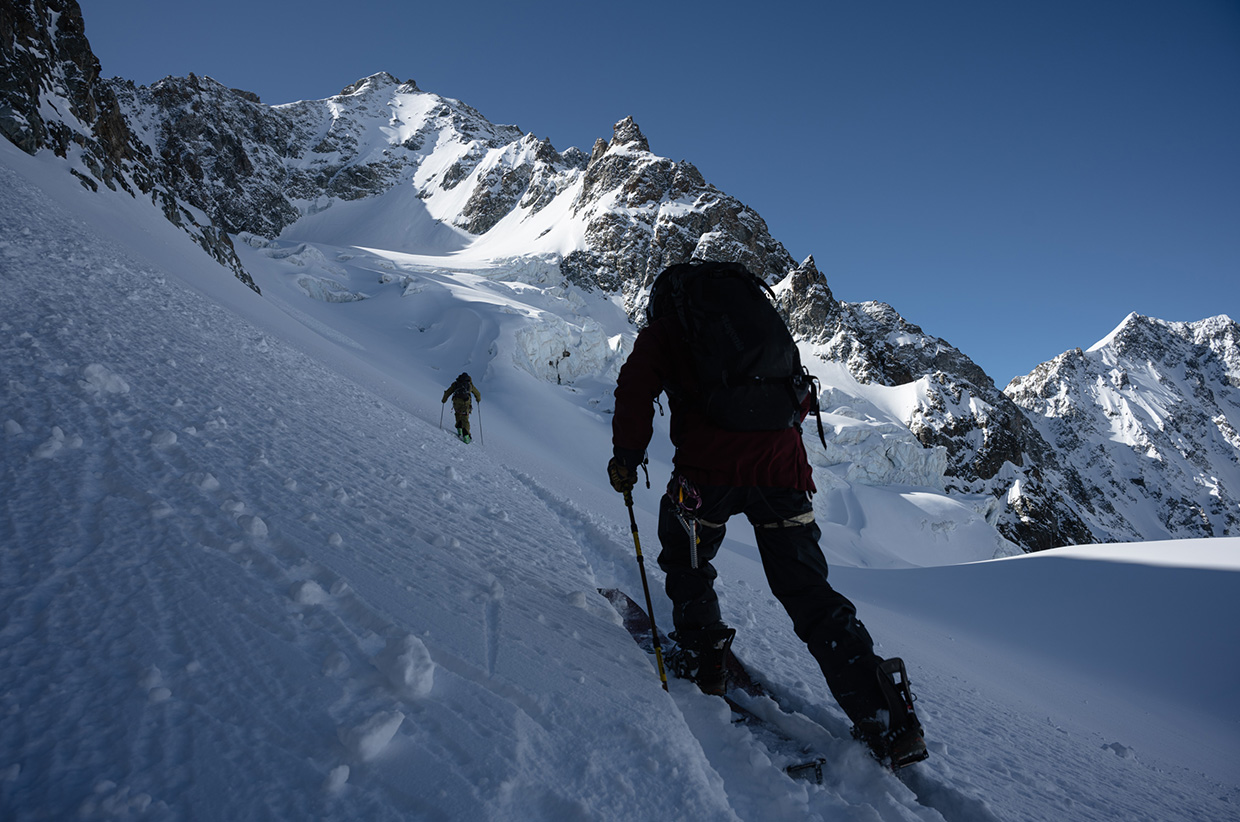
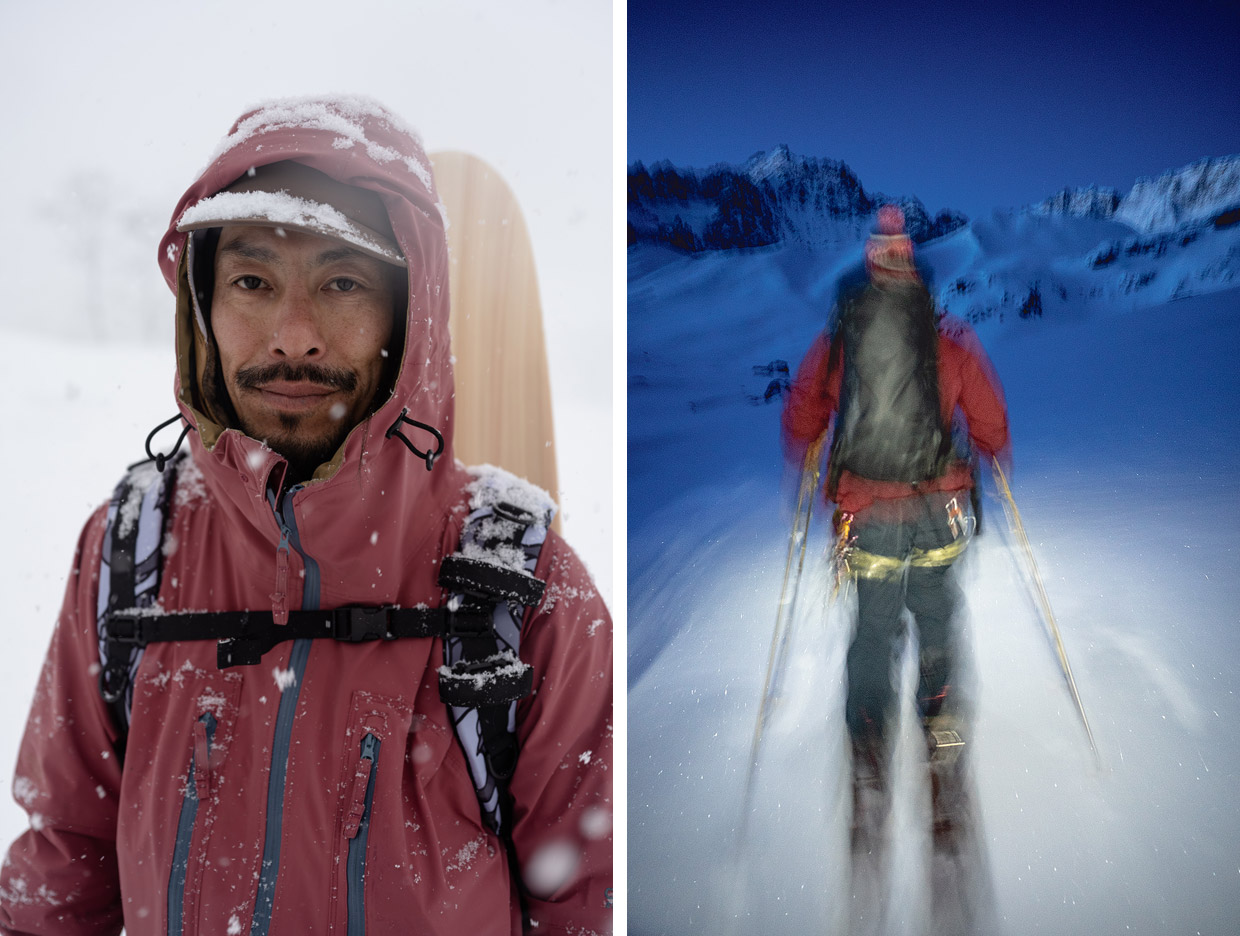
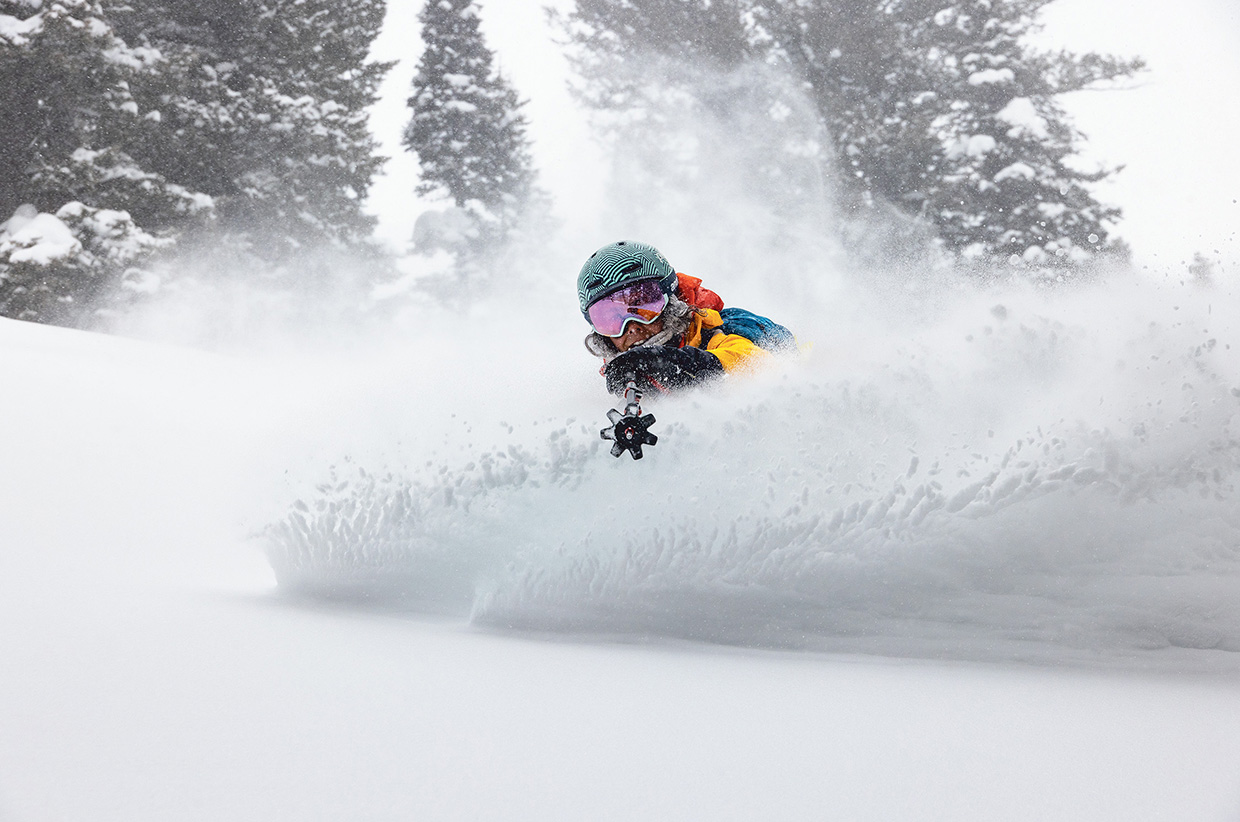
How did you find shooting across such a variety of locations – were the weather and snow conditions on your side?
Weather and conditions are rarely on your side. It was brown and pouring rain in La Grave for most of the winter – one of the worst winters in Europe in living memory. Utah and Jackson Hole were amazing, Japan was good, and Vermont was very dry until right around when we showed up. It’s hard on the nerves to add this element into the filmmaking – constantly refreshing weather forecasts, and calling up local filmmakers seeing if they can work on two days’ notice to get the only shots of a location covered in snow during the entire winter. You push hard for some of your goals, and have to be OK letting idealised dreams go.
You share the highlights of backcountry ski touring, but also touch on the dangerous reality of the sport. How did you find weaving in such a traumatic story of loss, particularly in a film so full of joy and love for the mountains?
There’s a large spectrum to our experience in the mountains. When we begin, part of the contract we make with backcountry riding is that we agree to a certain level of adversity in order to receive the reward of riding deep, untracked snow, and sharing in adventure with our friends. I don’t think our minds can quite accept or compute the potential consequences – until we have a near miss or accident. And most people never experience that in their time in the backcountry. But returning to the point, as traumatic as loss in the mountains can be, it can also add depth to our character, and gives us some rewards and gifts that we may never have received otherwise. The mountain is an incredible teacher and backdrop for joy, laughter, pain, challenge, fear, and growth. And it was an honour to be trusted with telling other people’s stories conveying that spectrum.
Why do you feel their stories, and stories like these, are important to tell?
What we learn in the mountains helps us navigate our lives off the mountain. As we start to understand that, it helps us get out of bed at 4am, and start with headlamps in the cold dark. We actually start to crave it. The resolve that we build out there develops a suspension, if you will, to handle the bumps we experience in life.
Do you plan to continue sharing more stories like the ones you told within The Meaningless Pursuit of Snow?
Snow has always been our medium, and where we find home, and community. From Signatures, to Valhalla, Afterglow, to The Meaningless Pursuit, we’re always trying to find ways to bring the audience into that world and take them to places that make them feel the dream of a life in the mountains.
Interview by Abbie Merritt // @abbie_merritt_
Film by Sweet Grass Productions // @Sweetgrassp
Photography by Adam Clark, Joey Sackett & Garrett Grove



